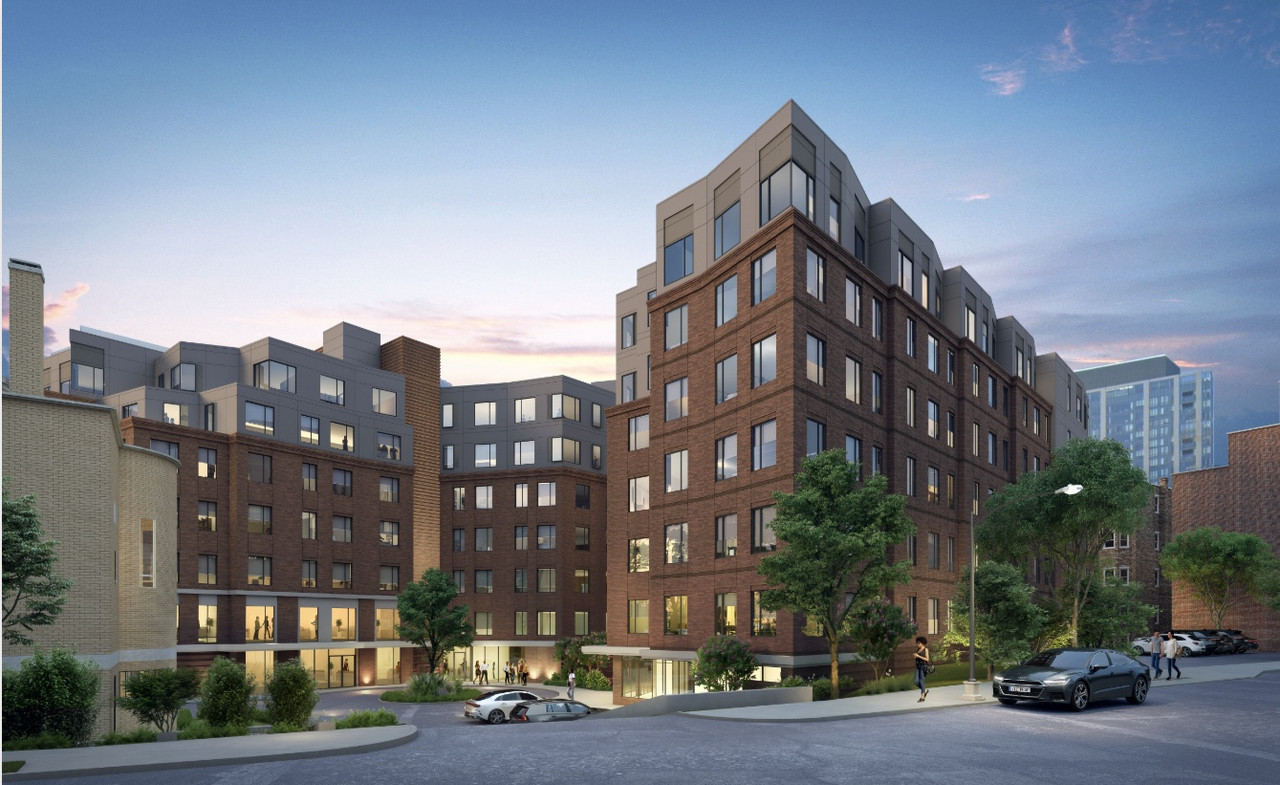stick n move
Superstar
- Joined
- Oct 14, 2009
- Messages
- 12,078
- Reaction score
- 18,845
-Approved
165 Park Drive

“The Project includes construction of two 7-story residential buildings in the rear of the Project Site, adjacent to the existing Holy Trinity Orthodox Cathedral. The buildings will be approximately 130,221 SF and include approximately 117 residential units. Building 1 will contain 48 residential home ownership units, 100 percent of which will be affordable units. Building 2 will contain 69 market rate residential apartments. Covered parking will be included in the ground floor level of both buildings. Additionally, the Project includes landscape features designed to solidify and reestablish the prominence of the existing cathedral in the neighborhood for future generations.”





https://bpda.app.box.com/s/2nop8m2nbkdpw75j9z5wzw1t24jsxiq4
https://www.bostonplans.org/projects/development-projects/165-park-drive
165 Park Drive
“The Project includes construction of two 7-story residential buildings in the rear of the Project Site, adjacent to the existing Holy Trinity Orthodox Cathedral. The buildings will be approximately 130,221 SF and include approximately 117 residential units. Building 1 will contain 48 residential home ownership units, 100 percent of which will be affordable units. Building 2 will contain 69 market rate residential apartments. Covered parking will be included in the ground floor level of both buildings. Additionally, the Project includes landscape features designed to solidify and reestablish the prominence of the existing cathedral in the neighborhood for future generations.”





https://bpda.app.box.com/s/2nop8m2nbkdpw75j9z5wzw1t24jsxiq4
https://www.bostonplans.org/projects/development-projects/165-park-drive
